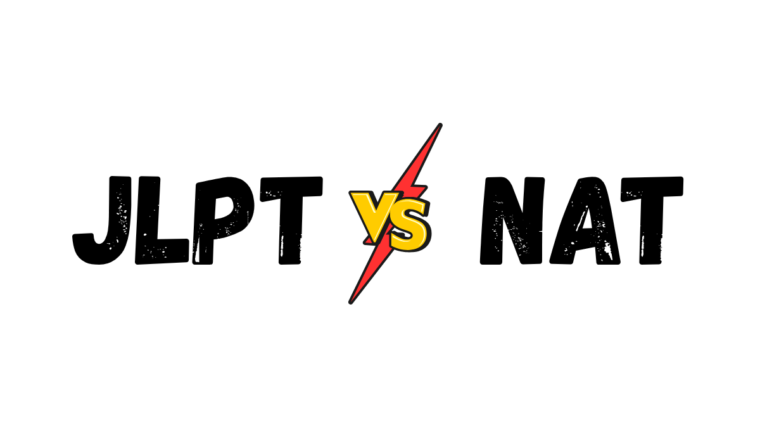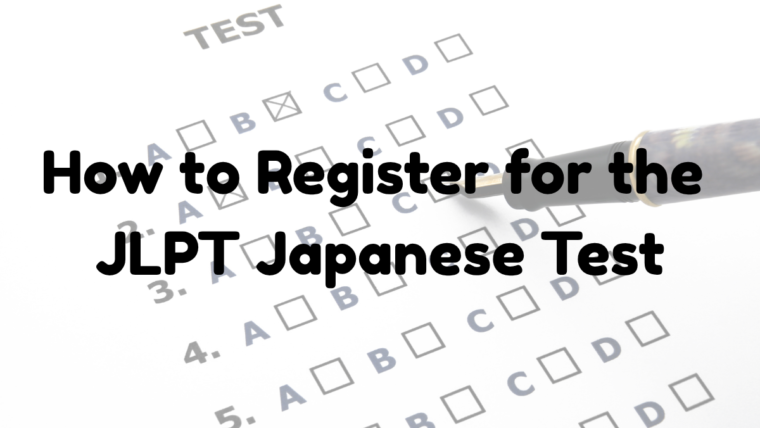Understanding the JLPT Japanese Test levels is crucial for anyone aiming to master the Japanese language for academic, professional, or personal growth. The Japanese Language Proficiency Test (JLPT) is the most recognized certification exam for non-native speakers and is structured into five levels: N5 (beginner) to N1 (advanced). Each level evaluates your command over vocabulary, grammar, reading, and listening skills in Japanese. In this guide, we break down every level, highlight the difference between levels, explain which level you should take, and detail the skills tested at each level.
Understanding JLPT Exam Levels: From N5 Beginner to N1 Expert
The JLPT offers five levels, starting from N5 (beginner) to N1 (advanced), allowing learners to track their Japanese language progress. N5 and N4 focus on basic grammar, kanji, and everyday vocabulary, while N3 acts as a bridge to more advanced comprehension. N2 and N1 test high-level reading, listening, and complex language usage, ideal for academic or professional goals. Choosing the right level helps you prepare effectively and get certified with the globally recognised JLPT.
For expert guidance and personalized coaching tailored to your JLPT exam levels, visit Team Languages Services.
What is JLPT? Overview of the JLPT Exam
The JLPT is conducted twice a year in many countries and is jointly organized by the Japan Foundation and Japan Educational Exchanges and Services. It certifies a learner’s proficiency in Japanese, helping students, professionals, and language enthusiasts advance their careers or educational prospects.
Difference Between JLPT Exam Levels
The JLPT has five levels: N5 (basic), N4 (elementary), N3 (intermediate), N2 (pre-advanced), and N1 (advanced). Each tests increasing vocabulary, grammar, reading, and listening proficiency in Japanese.

N5 – The Beginner Level
- Focus: Basic phrases, simple sentences, everyday vocabulary.
- JLPT N5 test evaluates your ability to understand basic Japanese used in daily life.
- Skills Tested: Listening to short conversations, identifying basic kanji and vocabulary.
- Recommended For: Absolute beginners or learners with 3-6 months of study.
N4 – Elementary Understanding
- Focus: Familiar everyday expressions, reading passages on common topics.
- Understands slightly more complex sentence structures than N5.
- Suitable for learners with 150 hours of Japanese study.
- Builds upon the JLPT N5 exam pattern, introducing longer listening and reading sections.
N3 – The Bridge Level
- Focus: Intermediate grammar, reading comprehension, and detailed conversations.
- Acts as a transition from beginner to advanced.
- Learners are expected to comprehend content found in newspapers, TV shows, and formal communication.
JLPT N2 – Upper Intermediate
- Focus: Grasping main ideas in complex texts, formal written and spoken Japanese.
- JLPT N2 is often a minimum requirement for employment in Japan.
- You should be comfortable with advanced grammar patterns, idiomatic expressions, and abstract vocabulary.
N1 – Advanced Mastery
- Focus: Understanding Japanese in a variety of settings, including politics, literature, and professional contexts.
- So, What is N1 level Japanese? It represents native-like fluency, the highest level of mastery.
- You must comprehend implicit meaning in complex texts and long conversations with various dialects and formalities.
- Ideal for translators, researchers, or anyone aiming for professional roles in Japan.
JLPT N5 Exam Pattern: Structure and Content
The JLPT N5 exam pattern consists of three main sections:
| Section | Time | Content |
| Language Knowledge (Vocabulary) | 25 mins | Hiragana, katakana, basic kanji |
| Language Knowledge (Grammar) & Reading | 50 mins | Simple sentence patterns, short passages |
| Listening | 30 mins | Daily conversations, basic questions |
Total Duration: ~105 minutes
Passing Score: Around 80/180 (each section has its own minimum score requirement)
Which JLPT Level Should You Take?
Choosing the right level depends on your current proficiency and goals:
- N5/N4: Best for students just beginning their Japanese learning journey.
- N3: Suitable if you’re able to communicate daily and read short articles.
- N2: Perfect for those aiming to work in Japan or pursue higher studies.
- N1: Necessary if your career involves academic research, translation, or native-level interactions.
Start by taking a JLPT N5 practice test to assess your comfort with basic concepts. Gradually build up to N2 or N1 depending on your career or educational targets.
Find out everything you need to know about registering for the exam and start your preparation journey with our JLPT 2025 registration guide.
Skills Tested at Each JLPT Level
| Level | Vocabulary | Grammar | Reading | Listening |
| N5 | 800 words | Basic sentence structures | Short, simple passages | Slow conversations |
| N4 | 1500 words | Elementary patterns | Everyday topics | Short dialogues |
| N3 | 3000 words | Intermediate usage | Articles & opinions | Longer conversations |
| N2 | 6000 words | Advanced usage | Editorials, academic | News, formal settings |
| N1 | 10,000+ words | Complex grammar, nuance | Professional literature | Rapid, diverse settings |
Preparation Tips for JLPT Success
- Daily Vocabulary Practice: Use flashcards, apps like Anki, or JLPT-specific books.
- Grammar Mastery: Especially important from N3 onward; study from Tae Kim’s Guide or Nihongo Sou Matome series.
- Listening Skills: Regularly listen to Japanese podcasts, news, and anime with subtitles.
- Reading Comprehension: Start with manga or NHK News Web Easy and gradually move to novels or newspapers.
- Mock Tests: Attempt full JLPT N5 practice tests and later practice exams for higher levels.
5 Most Frequently Asked Questions about JLPT
1. What is the passing score for each JLPT level?
Each level has a total of 180 points. A passing score is typically around 50-60%, but each section must meet the minimum requirement.
2. Can I skip levels in the JLPT exam?
Yes, you can directly apply for any level without clearing the lower ones. However, be realistic about your current proficiency.
3. Is the JLPT recognized globally?
Absolutely. The JLPT certificate is recognized by Japanese universities, employers, and immigration departments worldwide.
4. What’s the difference between JLPT N5 and N1?
JLPT N5 covers basic daily conversations and vocabulary. JLPT N1 evaluates your fluency in complex, high-level Japanese including abstract concepts and formal discourse.
5. How often is the JLPT held?
It is conducted twice a year (July and December) in most countries, but only once a year in some regions.
Find out everything you need to know about registering for the exam and start your preparation journey with our JLPT 2025 registration guide.
Final Thoughts on JLPT Japanese Test Levels
Whether you’re just starting out or aiming to become a fluent speaker, understanding the JLPT levels is your first step toward success. The JLPT exam is not just a test but a structured roadmap to fluency in Japanese. From JLPT N5 to N1, each level offers opportunities to grow linguistically and culturally. If you’re serious about working, studying, or living in Japan, begin your journey with the JLPT Japanese Test levels and challenge yourself to go higher.For expert guidance and personalized coaching, consider partnering with Team Languages Services. Start your journey with the right support to achieve your JLPT goals.



